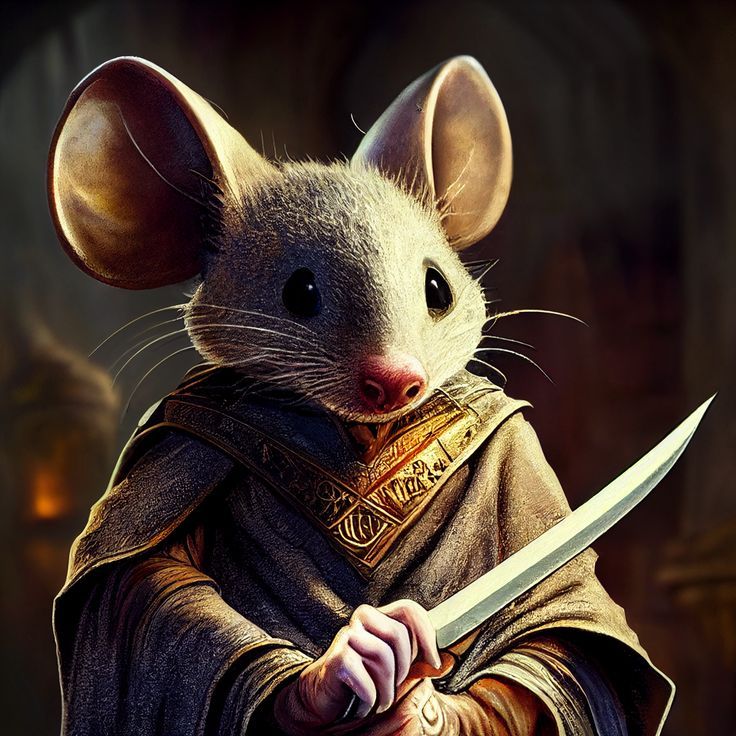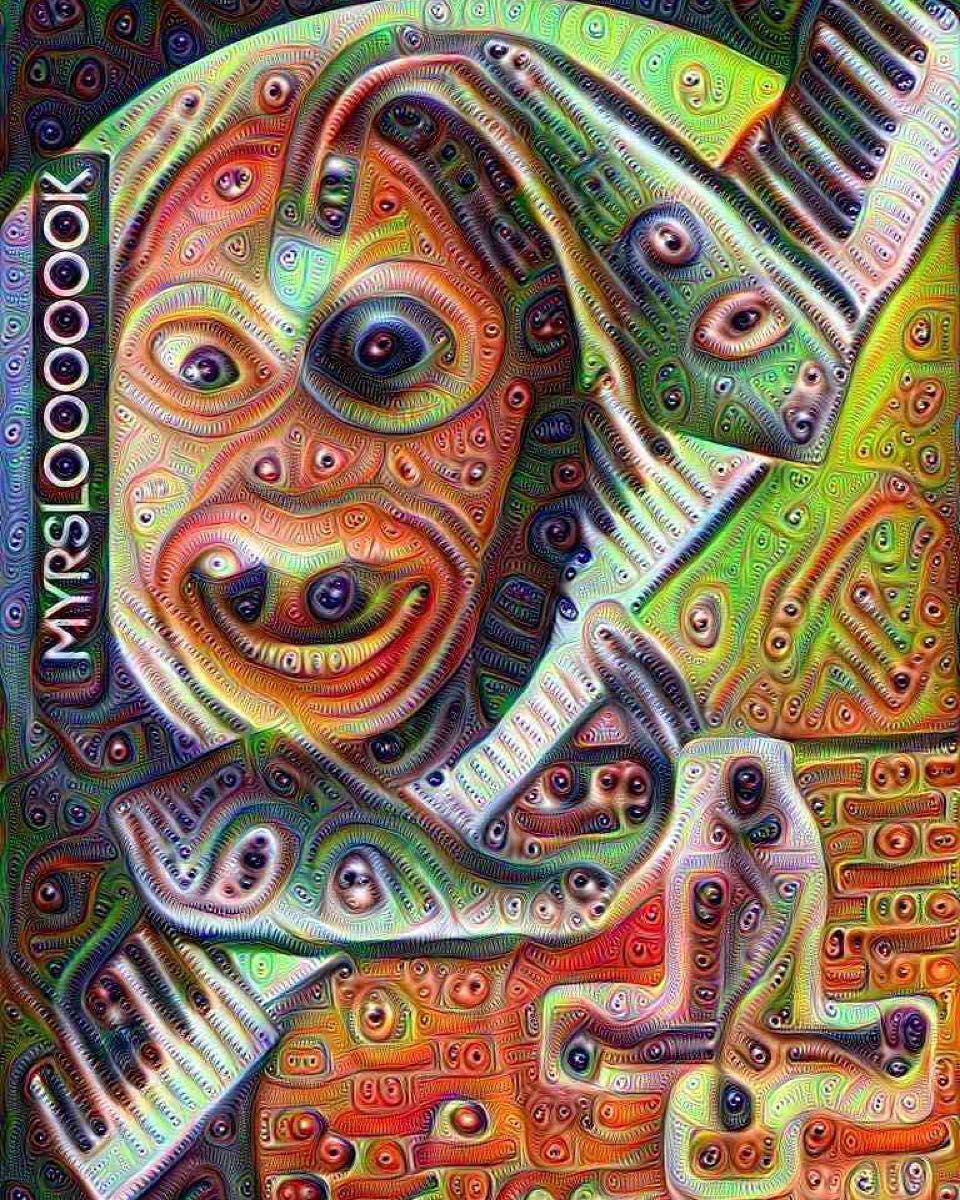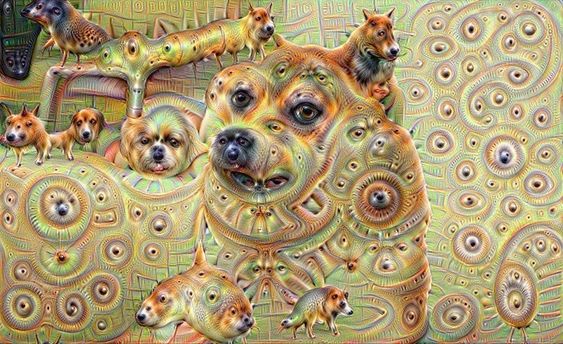A month ago there was big news about a major strike at one of the most popular image marketplaces, Artstation. The authors' stance was to label images created by artificial intelligence because it discriminates against them as professionals and takes away revenue.
And they are understandable, because what artists create in dozens of hours, neural networks can do in just one minute.
Here's an example of an image

There are already quite a few neural networks that can make you a picture like this in an instant. And it will cost almost nothing.
And they didn't appear yesterday. But why has there been such a huge boom? Because neural networks always seemed to be something embarrassing, meaningless, or "conceptual".
You could stare and think, "What did the neural network want to show with that?"

On the whole, nothing serious that could somehow infringe on the artist's profession. But over the years, neural networks continued to learn based on uploaded photos and reached a whole other level.
They have received the attention of many people not only because of the quality of their work, but also because of the speed of completion. In order to create your picture, you just need to enter the bot of one of these services, write a certain combination of words and that's it. In one or two minutes your idea is ready.

It would have taken the artist days to create this picture, and you would have had to pay him, write the terms of reference, or make edits. Here is a completely unique, high quality, copyright-free image. This image was created based on the MidJourney neural network, probably the main one and the best known at the moment.
But even this result may not fully suit the customer. Because when communicating with a specialist, you can outline some points that will be taken into account. A neural network cannot do that. It will bring something of its own.
On the one hand this is a minus, but on the other hand it's even a plus. You, as a customer, can borrow something new. Something that you never thought of.
How do you create an image like this?
Special words - promtas - are used when working with a neural network. These are words or tags in which you specify what you want to get. Each added promt narrows the range of search and specifies the result.
It can be image quality, style, lens size, background, focus. Plus, you can add denial words as well. For example, not ugly, not long, not blue.
And this is just the tip of the iceberg. There may be something in the resulting picture that doesn't suit you and you need to remove it somehow with words. This may even require specialists.
So, most likely, in the nearest future neural networks will be used not by customers, but by artists. Thanks to neural networks, it will be possible to bring sketches without too much trouble. Or you, as the customer, will bring the work to the artist.
Yes, little by little the grids will already be taking the bread from amateur artists today in services such as creating icons for your website.
ChatGPT by Ilon Musk
Almost everyone has been talking about it for the last month. What is it? It's a chatbot in which you communicate with artificial intelligence. In short, it can do a lot of things.
Today you can use this chatbot to write essays in schools and term papers in universities. The text is absolutely logical and no different from a human.
He can retell what was in the lyrics, give definitions of meanings, or generally act as a search engine.
You can also ask him to write a test song with the handwriting of a famous performer.
If we talked about artists, it's time to talk about programmers. Yes, yes, this chatbot is also capable of writing entire lines of code. But in this category, Ilon Mask's chatbot has been overtaken by another project.
DeepMind
Google's subsidiary has introduced AlphaCode, a neural network. Already today this bot challenges the skills of junior and even midlevel programmers.
But for now, programmers at a higher level should not be afraid. After all, they need not only to code, but also to communicate with customers. And no one can do this except as a human. It is for such professionals such services can be a very useful resource.
Disadvantages
The biggest shortcoming of neural networks is the lack of ethics.
The AI system is designed to maximize a specific goal, such as profit or employee efficiency. It can make decisions that will directly harm people. It's all about achieving the goal.
And there are already concrete examples from Amazon, where the work of warehouse employees is already regulated by a neural network. This caused a lot of scandals, because the AI set tasks that a human cannot do.
Yes, Amazon has fantastic service, but it happens because of the humiliation of employees.
Conclusion
We could talk about neural networks for a long time, but we decided to give just brief specifics, after which you can go to the services yourself and try them in action. Perhaps in a couple of months, neural networks will reach a new level again, because their growth is exponential.
